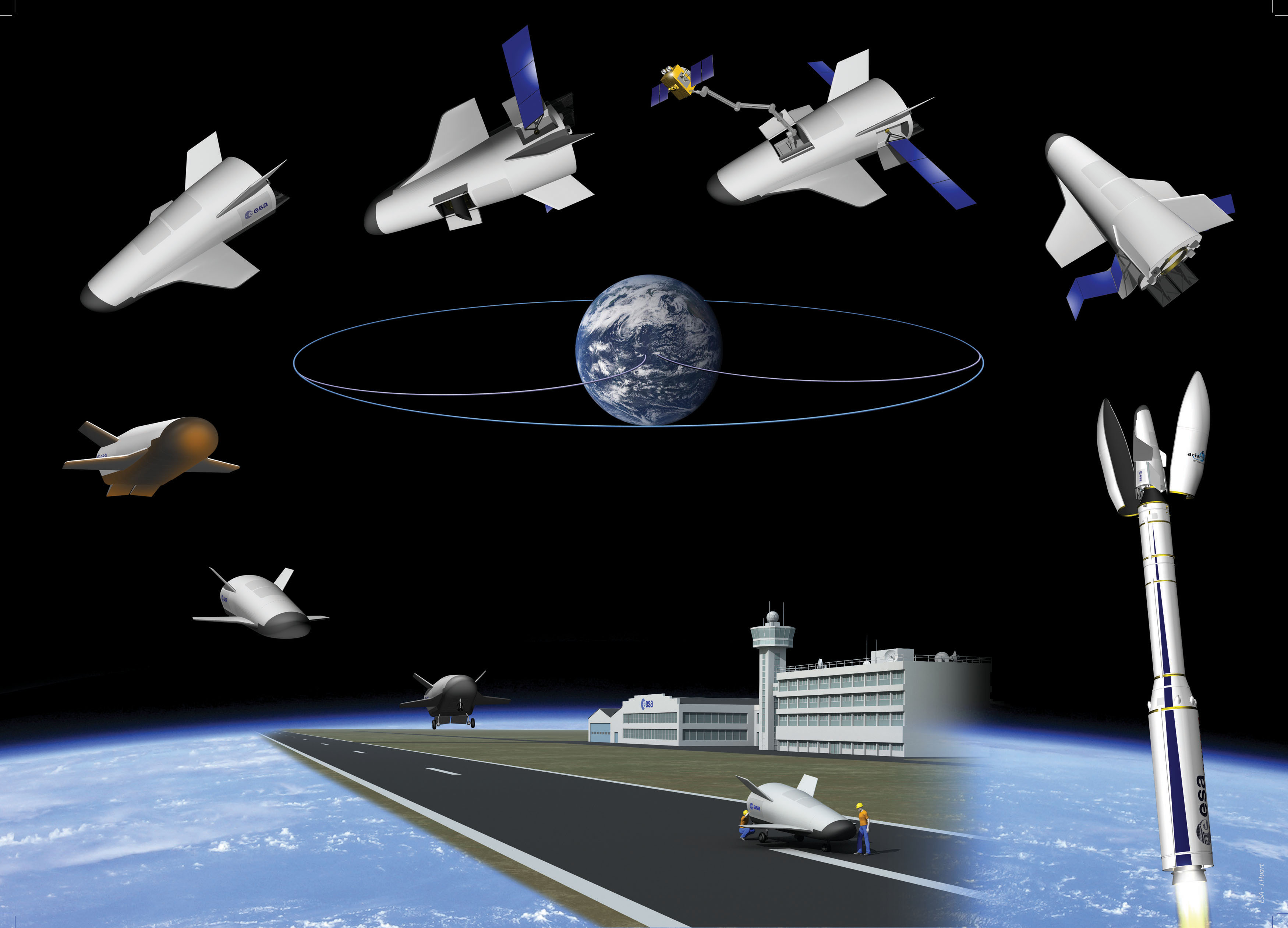hobbsyoyo
Deity
- Joined
- Jul 13, 2012
- Messages
- 26,575
I don't know enough about orbital physics. How hard would it be to nudge one of these asteroids into orbit?
http://www.cbc.ca/news/technology/asteroid-2004-bl86-zips-safely-past-earth-1.2929800
I don't even know how to begin to do the calculations.
Extremely hard because it is so massive. They say it is a near-earth asteroid which means that it's orbit comes close to ours. These are the kinds of asteroids we would try tugging into Earth orbit since they would take a lot less energy to bring them here than one from the asteroid belt. However, this one is pretty massive and would thus take a whole lot of energy to bring it into orbit.
There are theoretical ways of making this easier (solar sails, using ice on the asteroid to fuel an implanted engine to tug it, painting part of it to create differential solar warming to nudge it around, gravity tug, etc) but all of those schemes are paper projects. The only proven way we could do it is with old fashioned chemical rockets and it's just too massive for that to be realistic.
Additionally, the asteroid as a 2.1 hour day, so it is spinning too fast for most of the above methods to work even on paper.
I should add that the asteroid retrieval mission that NASA is planning for the SLS is going to tug a much smaller asteroid than this one. I also think they wish to use advanced ion engines for this but I can't really remember.

 Excellent find, Warpus.
Excellent find, Warpus. 









